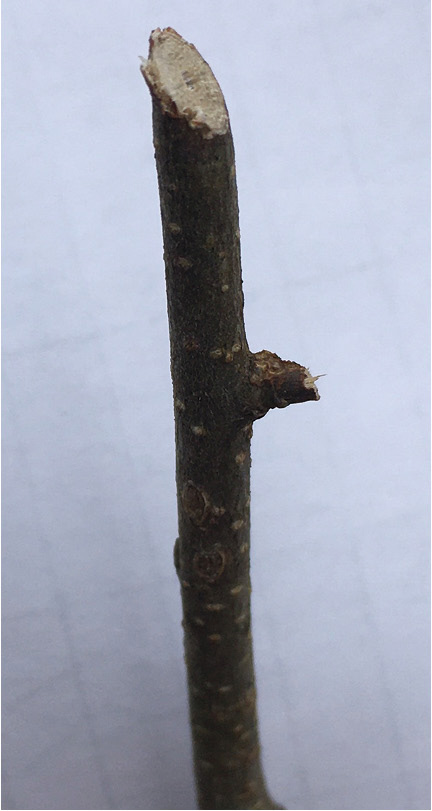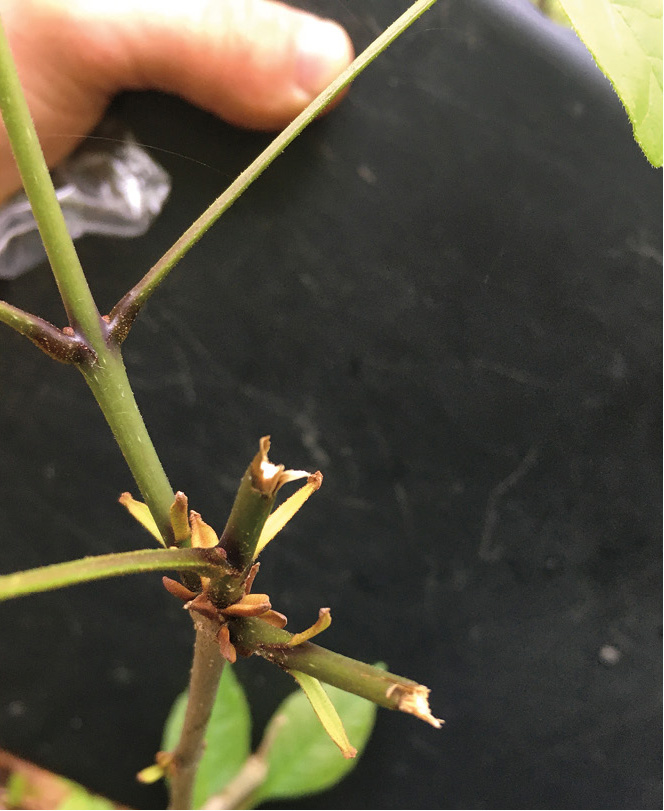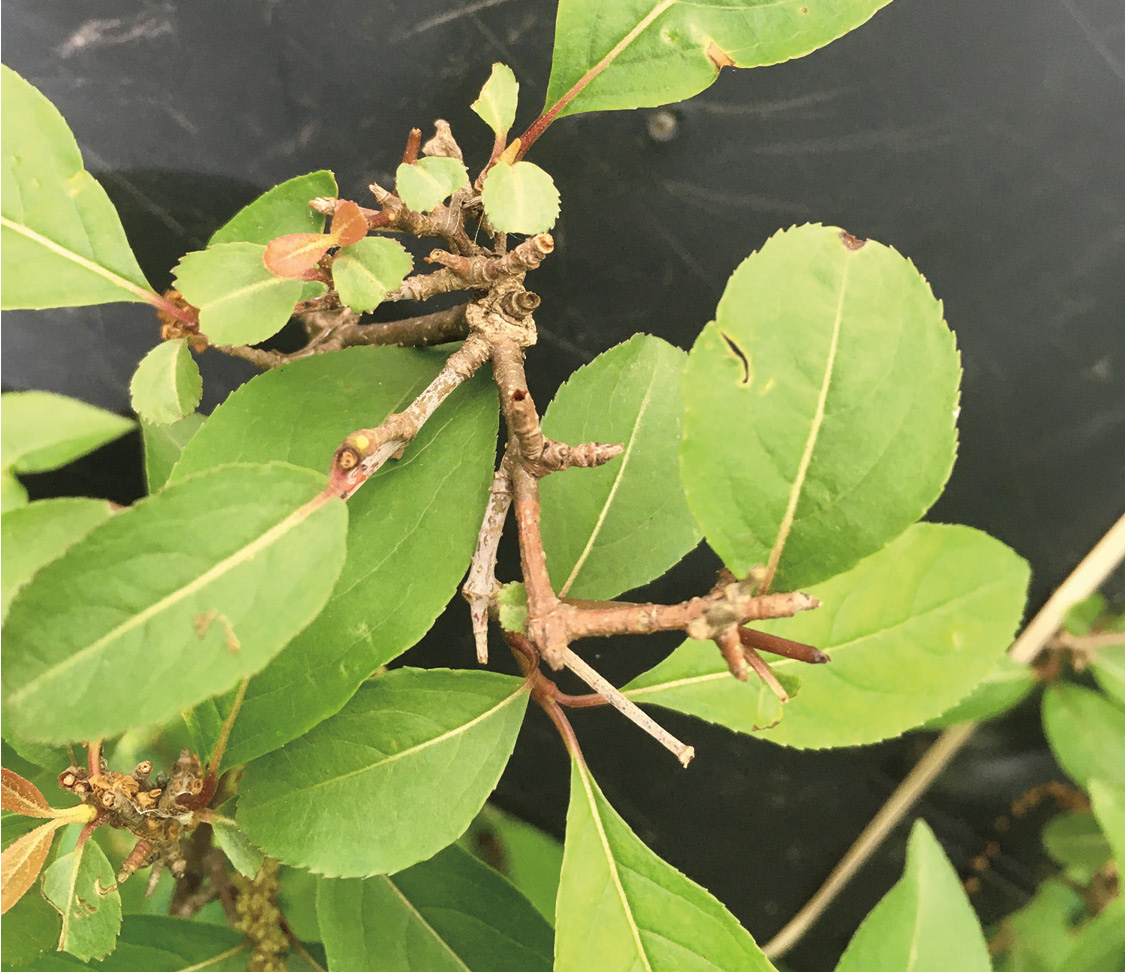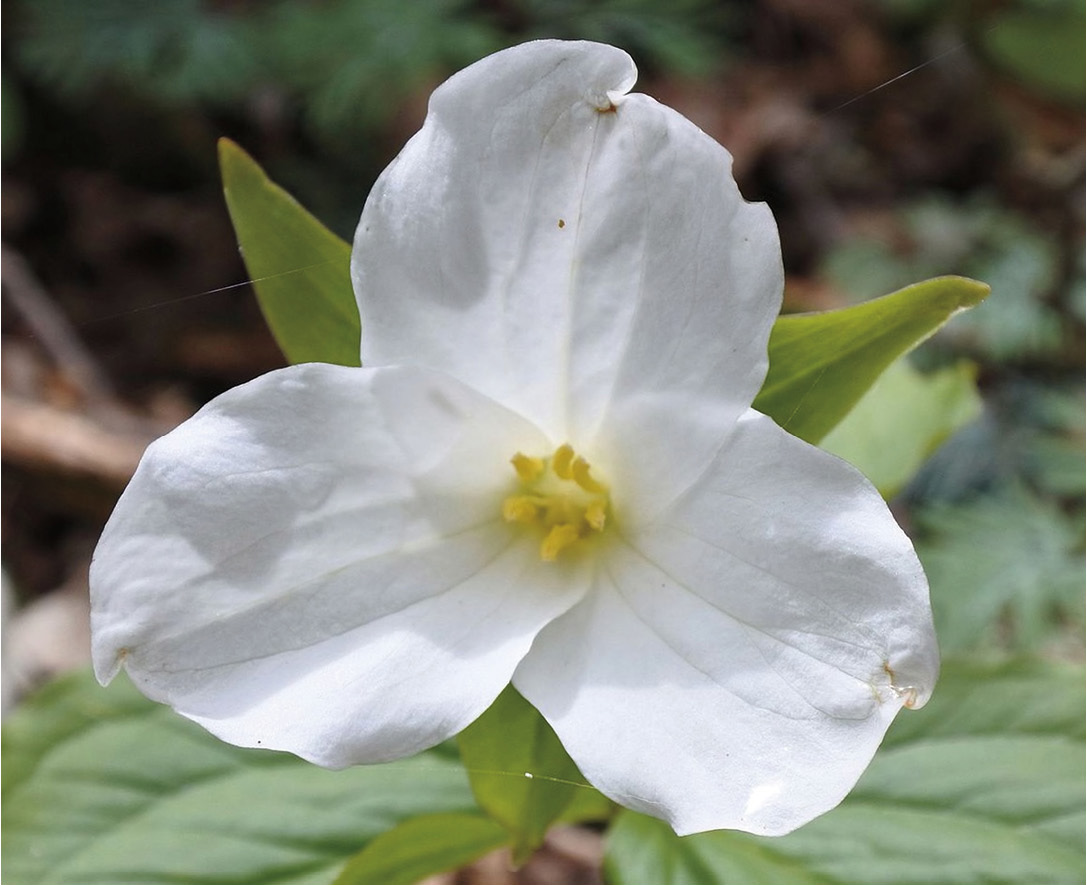Preventing Deer Damage to Trees
White-tailed deer have been labeled “keystone” herbivores, which means they have the ability to shift the composition and structure of plant communities. For forest landowners this can be painfully apparent in the heavy browse of planted seedlings, especially oaks. Some level of deer browsing actually promotes plant diversity because browsing can reduce growth of fast-growing plants and release plants with a slower growth ability. However, in the recent decades across the eastern United States, deer browsing has often been at high enough levels that it is ecologically and economically damaging. Deer browsing is a landscape-level process and depends on many factors including deer density, the composition of landcover in the surrounding area, and the structure and age of forest habitat. There can be time lags between severe deer browsing and the resulting negative impacts. There can also be time lags between the reduction or removal of deer and recovery of plant communities. In some cases, recovery may not occur without additional human management. Despite the large scale and long term nature of deer herbivory, there are still a few signs you can look for in your individual property/woodlot that can give you an idea of the level of deer browse in your immediate area. This will allow you to see if you need to take action and increase deer harvests and with continual monitoring you can track browsing pressure over time to see if it changes and make necessary adjustments.
One way is to look at direct evidence of deer browse on woody plants. Deer browsing on woody plants leaves a rough tear, as contrasted to a rabbit that leaves a clean cut at a 45° angle (Figures 1 & 2).  Figure 1 (left). A twig browsed by a rabbit with a clean, 45° cut.Also, it is important
Figure 1 (left). A twig browsed by a rabbit with a clean, 45° cut.Also, it is important  Figure 2 (right). A twig browsed by a deer with characteristic rough edges from the deer tearing the twig rather than biting cleanly through like a rabbit.to remember the heights at which deer browsing which occurs usually ranges from about 6 - 70 inches above the ground. Oak seedlings can be one of the first signs to note for deer browsing. Deer highly prefer oak seedlings so if you observe oak seedlings with little to no browse, deer are probably not at high densities. However, if oak seedlings are heavily browsed this does not necessarily mean deer are at high, damaging densities since oak is highly preferred. A better way to observe the overall browsing pressure in your woods is to look at an intermediately preferred species, such as such as sugar maple, white or green ash, or sassafras. If several branches on each seedling are browsed throughout your woodlot, you likely have a high level of deer browsing. When browsing in an area is severe, woody plants take a shrubby “bonsai” appearance with closely spaced, short branches from repeated browsing (Figure 3).
Figure 2 (right). A twig browsed by a deer with characteristic rough edges from the deer tearing the twig rather than biting cleanly through like a rabbit.to remember the heights at which deer browsing which occurs usually ranges from about 6 - 70 inches above the ground. Oak seedlings can be one of the first signs to note for deer browsing. Deer highly prefer oak seedlings so if you observe oak seedlings with little to no browse, deer are probably not at high densities. However, if oak seedlings are heavily browsed this does not necessarily mean deer are at high, damaging densities since oak is highly preferred. A better way to observe the overall browsing pressure in your woods is to look at an intermediately preferred species, such as such as sugar maple, white or green ash, or sassafras. If several branches on each seedling are browsed throughout your woodlot, you likely have a high level of deer browsing. When browsing in an area is severe, woody plants take a shrubby “bonsai” appearance with closely spaced, short branches from repeated browsing (Figure 3). Figure 3. Native strawberry bush showing a “bonsai” appearance from heavy repeated browsing giving a thick, shrubby appearance. If only a few branches are browsed and some seedlings have no browse, deer browsing is likely not preventing healthy seedling growth and survival. Woody browse surveys can be done both when plants are flushed and growing in the summer, or when they are dormant in winter, which is when deer rely most on woody browse as a food source.
Figure 3. Native strawberry bush showing a “bonsai” appearance from heavy repeated browsing giving a thick, shrubby appearance. If only a few branches are browsed and some seedlings have no browse, deer browsing is likely not preventing healthy seedling growth and survival. Woody browse surveys can be done both when plants are flushed and growing in the summer, or when they are dormant in winter, which is when deer rely most on woody browse as a food source.
Another option to quantify deer browsing pressure is to examine herbaceous species in spring and summer. An herbaceous plant that deer prefer is white trillium (Figure 4). Research has documented that the average height of white trillium in an area during spring is a good indicator of deer densities. If you commonly white trilliums around 6-7 inches tall or less throughout your woodlot, deer browsing may be at a high level. This is likely because continuous deer browse has kept trillium heights at or below the typical height of plants that deer browse. If you observe taller trilliums distributed throughout your woodlot that are greater than 6-7 inches in height deer browsing is probably not at a harmful level.  Figure 4. A picture of white trillium, which is an herb preferred for browse by deerWhether looking at woody browse or trillium heights, be sure to space out your observations throughout your woodlot and to take a systematic approach (for example walk a few 100-200 foot segments in straight lines and observe as you walk). Following a deer trail and looking for browse may bias your observations and not represent your entire woodlot. For small woodlots (< 10 acres) 2 to 3 segments would appropriate and for very large woodlots such as 500 acres, somewhere between 15 to 20 segments would be better. If your woodlot size is in between these sizes, you can adjust accordingly. In any situation, the more observations you can make the better understanding you will have.
Figure 4. A picture of white trillium, which is an herb preferred for browse by deerWhether looking at woody browse or trillium heights, be sure to space out your observations throughout your woodlot and to take a systematic approach (for example walk a few 100-200 foot segments in straight lines and observe as you walk). Following a deer trail and looking for browse may bias your observations and not represent your entire woodlot. For small woodlots (< 10 acres) 2 to 3 segments would appropriate and for very large woodlots such as 500 acres, somewhere between 15 to 20 segments would be better. If your woodlot size is in between these sizes, you can adjust accordingly. In any situation, the more observations you can make the better understanding you will have.
The composition of herbaceous plants as a whole can also be used as a clue for long-term deer herbivory information from the past. Areas that have been subjected to long time periods of severe deer browse are often covered in grasses and ferns which are either resistant or avoidant to deer browse. That is not to say anytime ferns or grasses are present that deer are a problem. However, if large swaths of your woodlot are almost exclusively ferns and grasses, deer herbivory has likely been at a damaging level in the past and may still be. It is also important to note that other factors, such as invasive species can also change the herbaceous composition of forests so be mindful of the forest conditions in which you are investigating for clues of deer browsing.
While deer can reduce herbaceous cover and diversity and harm tree regeneration, a low to moderate amount of deer browse will not negatively impact forests. Hopefully, these tips can help you evaluate deer herbivory in your own woods and help you be more informed about the condition of your woodlot as it relates to deer browsing. Knowing the level of deer browsing pressure will help you determine if corrective actions such as increasing deer harvest or protecting critical plants such as oak regeneration or tree plantings with fencing are worth the investment. Continual monitoring of the plant community in your woods over time can evaluate the effectiveness of deer management, although it likely will take years to observe differences.
Jameson Pierce is a Graduate Research Assistant in the Department of Forestry and Natural Resources at Purdue University. Jameson is studying how landscape context influences the effects of white-tailed deer on forest vegetation communities.
